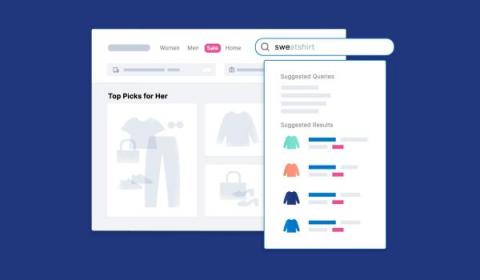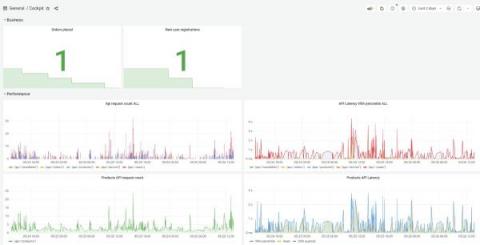Operations | Monitoring | ITSM | DevOps | Cloud
Ecommerce
Core Web Vitals e-commerce analysis: part one
In 2021, Google introduced Core Web Vitals, three criteria to measure if a website is fast, stable, and responsive enough to give visitors a good digital experience. These factor into search ranking and have a powerful influence on customer behavior. But while Google has been urging the web performance community to get on board for more than two years, many are still falling short. We pulled data from the Chrome User Experience Report to conduct our own Core Web Vitals analysis, finding that even some of the largest e-commerce brands aren't passing these thresholds.
Discover the business impact of digital customer experience from E-Commerce and DevOps leaders
Building personalized ecommerce search experiences with Elastic
For online storefronts, there’s a fine line between a converted sale and a lost opportunity. The slightest overlooked detail on an ecommerce site can lead to customers quickly clicking elsewhere. The key to retaining site visitors and driving clicks that lead to sales lies in the technology behind the customer experience — specifically, search.
Using search analytics to strengthen ecommerce solutions
When it comes to delivering exceptional results to customers, having an understanding of all the tools at your disposal will give you a leg up. Especially in these uncertain economic times, this is even more important as companies look to gain any advantage possible. Being able to convert browsers into buyers and customers for life by providing the best customer experience will truly usher in this advantage.
7 Interesting Reasons Why E-Commerce Is The Market Of The Future
7 Benefits of eCommerce for Small Businesses & Entrepreneurs
How to configure Grafana Loki with a Node.js e-commerce app
I recently changed teams within Grafana and now I get the chance to work with Grafana Loki, our highly effective open source log aggregation system that stores and queries logs from your infrastructure or applications. At Grafana, we always dogfood our products so what better way to learn more about Loki than trying out a simple use case that I can actually benefit from.











